The life of a tennis club is based on a sports association, volunteers, managers, teachers and a specific professional space that allows relationships between managers and employees. You will see that this global analysis allows to get a general idea of an ideal functioning in a club.
What is an association?
« An association is a convention by which two or more people permanently pool their knowledge or activity for a purpose other than to share profits.
(...) The sports association has the same criteria as any association: a contract, a purpose other than the sharing of benefits, a contribution of knowledge and / or activities. However, this sporting object can have specificities and legal consequences on the association when it is necessary to hire coaches, when it is necessary to supervise young people, to participate in events and other competitions ... It will be necessary therefore to create a sports association necessarily requiring affiliation to a sports federation. »(Create and manage my association, Lucie Guchet, Editions du Puits Fleuri, 2014, 7 page)
Tennis clubs are associations. These associations are run by volunteers. They are part of the federal organization of French tennis which is characterized by a pyramidal structure. At the base of this organization are 7950 clubs and 1052061 licensees, above the 86 departmental committees, then the 36 leagues and finally the French Tennis Federation.
What is volunteering?
"Anyone who voluntarily engages in self-employment with other people outside their professional and family time is a volunteer. »(General presentation FFT (power point), Development Advisor Midi-Pyrenees League: Jean Renaud)
Volunteering can take 3 forms: associative volunteering, volunteering in other organizations (union, political, municipal, ...) and "direct" volunteering, also called "proximity" or "informal" (helping neighbors, blow from hand to friends ...)
A survey of France Bénévolat dating from 2013 shows that total volunteering increases very significantly (+ 14% between 2010 and 2013), that direct volunteering increases faster than associative volunteering (+ 31% vs. + 12%) and that people who consider themselves "regular volunteers" decrease (see Appendix 6). Finally, there are more and more young people who commit themselves to volunteering, but it is "to associations to know how to open doors and find the forms of missions adapted to their form of commitment and their constraints"
In addition, sport is the third sector involving the most volunteers with 23% of volunteers behind leisure with 25% and social, charitable with 31% (see appendix 7).
The leaders
Over the last twenty years, the typology of club leaders and especially presidents has evolved considerably. Before they were the project leaders, at the origin of the ideas and the creation of the clubs. This period corresponds to the strong growth of tennis that took place in the 1970 and 1980 years. Now the commitment of the leaders is limited. This is due in part to the many regulatory constraints and the broadening of areas of responsibility. The limited commitment of these leaders is marked by an average term to hold the position of president which decreases and by a high rate of renewal of this function. Indeed, according to the FFT in 2006 and 2007 the renewal rate is 21%. That is, 1835 clubs have changed presidents. It is the presidents of the age group 26-39 years who represent the most this instability since they are 66% to be since less than 4 years.
The evolution of the typology of club leaders moving from “founding leaders” to “managing directors” has pushed the leagues and departmental committees to set up support procedures, especially for new presidents. Indeed, today the skills necessary to manage a club are multiple. They concern the administrative, financial, sports, educational and project management fields. A club leader is now in contact with many institutions such as the FFT (sports regulations, arbitration, competitions, etc.), the DRDJS (approvals, project grants, etc.), administrations (labor law, taxation ,…), And CROS and CDOS (training, projects, specific actions,…). In fact he needs the help of the departmental committee and the league to help him in his function. To do this, information meetings are organized to help them meet the expectations of their club members, to secure them in the face of a complex regulatory environment (CCNS, prevention of risks, responsibilities, safety, etc.), to support them on a journey learning staff and to enhance their skills by allowing them access to certification systems (VAE for example). Other meetings are also organized with the aim of informing them of federal policy, new offers offered to members, new work tools (Sports Management software, Application to Individual Events, etc.), new means of supervision (IF, CQP AMT) etc. Obviously all this requires that the club leaders are available. Which is quite complicated given that they have the status of volunteer and that in addition to their function of president they have to manage their professional and their private life.
Teachers
There are several types of teachers: the federal initiator, the assistant tennis instructor and the state graduate. The federal initiator gives introductory tennis lessons on a voluntary basis, to young people ranging from 5 years to 18 years. The assistant tennis instructor is an employee and gives tennis lessons to young people with no more than 18 years, under the control of a referent (state graduate). The state graduate is a tennis teacher and an employee. This is the main teacher. He is responsible for the FIs and club AMTs.
The DE plays a vital role within the club. He is the one who animates and supervises the training sessions of the different audiences of the club. He accompanies the players towards the competition as well as their desire to become a tennis teacher or even referee. But his role is not just sports. Today the tennis teacher also plays a social and educational role in the club. Educational because parents expect him to instill in their children values such as respect, rigor, solidarity. Social because it represents the link between the members of the club. It is he who allows players to meet and he is also the one who animates the life of the club. In addition, his skills are no longer limited to his role as a sports educator. Indeed, today tennis teachers are also working on development and fundraising missions.
A specific professional area: relations between managers and employees
Graduated from a Masters in sports management and passionate about tennis, I carried out a study on the development of women's tennis. Practicing this sport for twenty years and today manager of my club (TC Morlaàs in the Pyrénées-Atlantiques), I am always on the lookout for new ideas aimed at improving the practice environment for members. I am therefore delighted to be able to share this work.




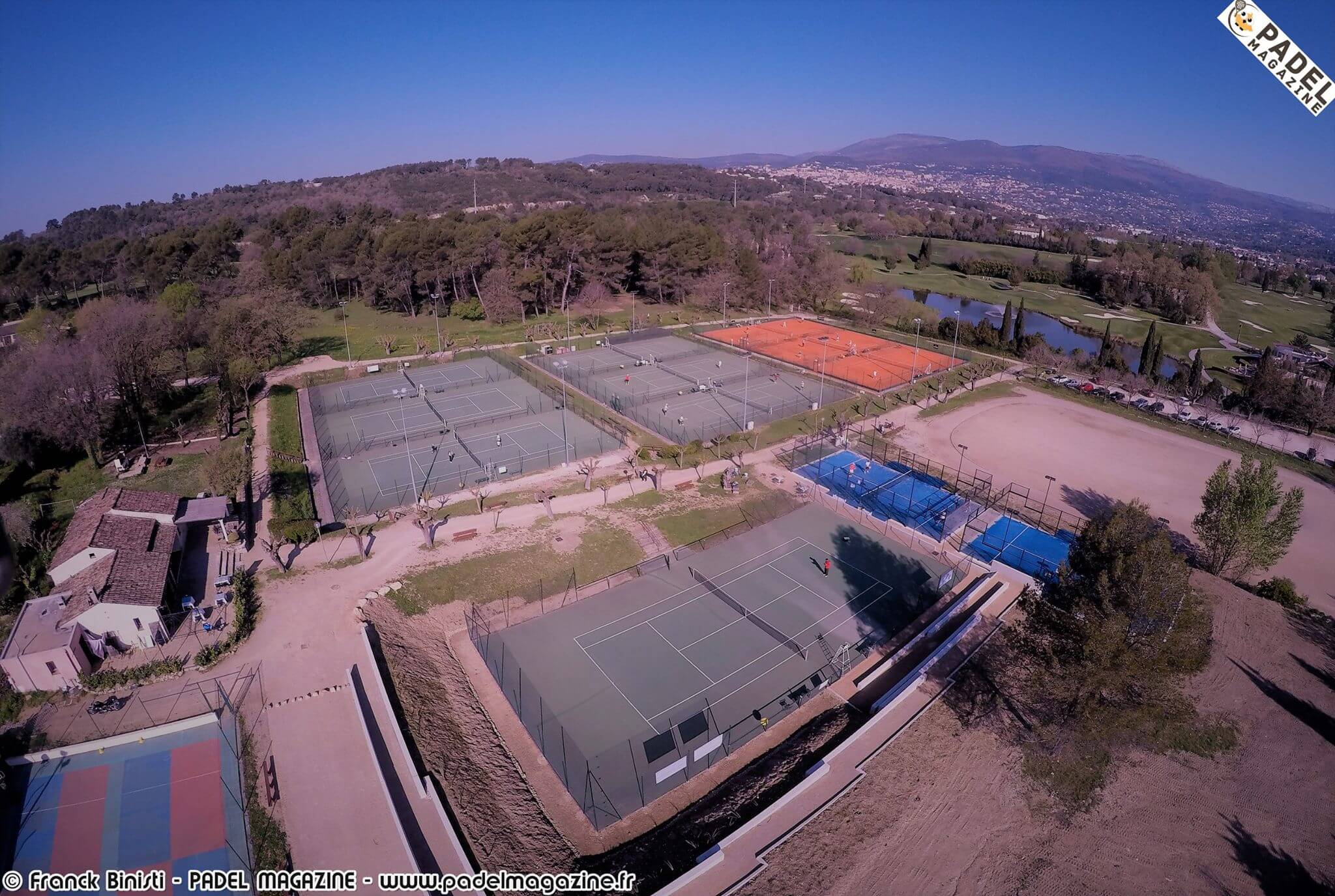
















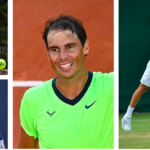














































































 The French Overseas Territories: land of padel and challenges facing humidity and cyclones
The French Overseas Territories: land of padel and challenges facing humidity and cyclones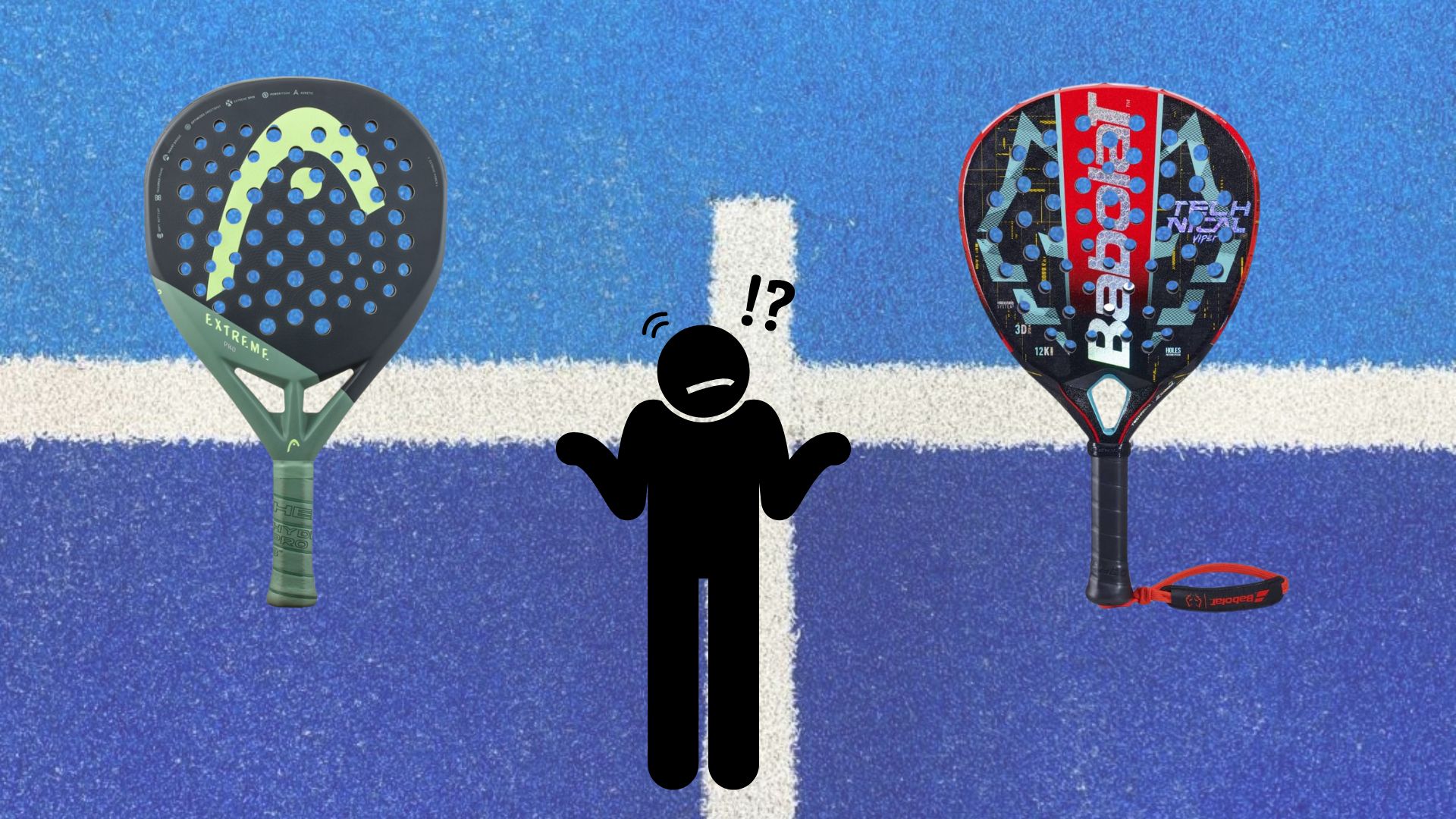 Which high-end racket to choose in 2024?
Which high-end racket to choose in 2024?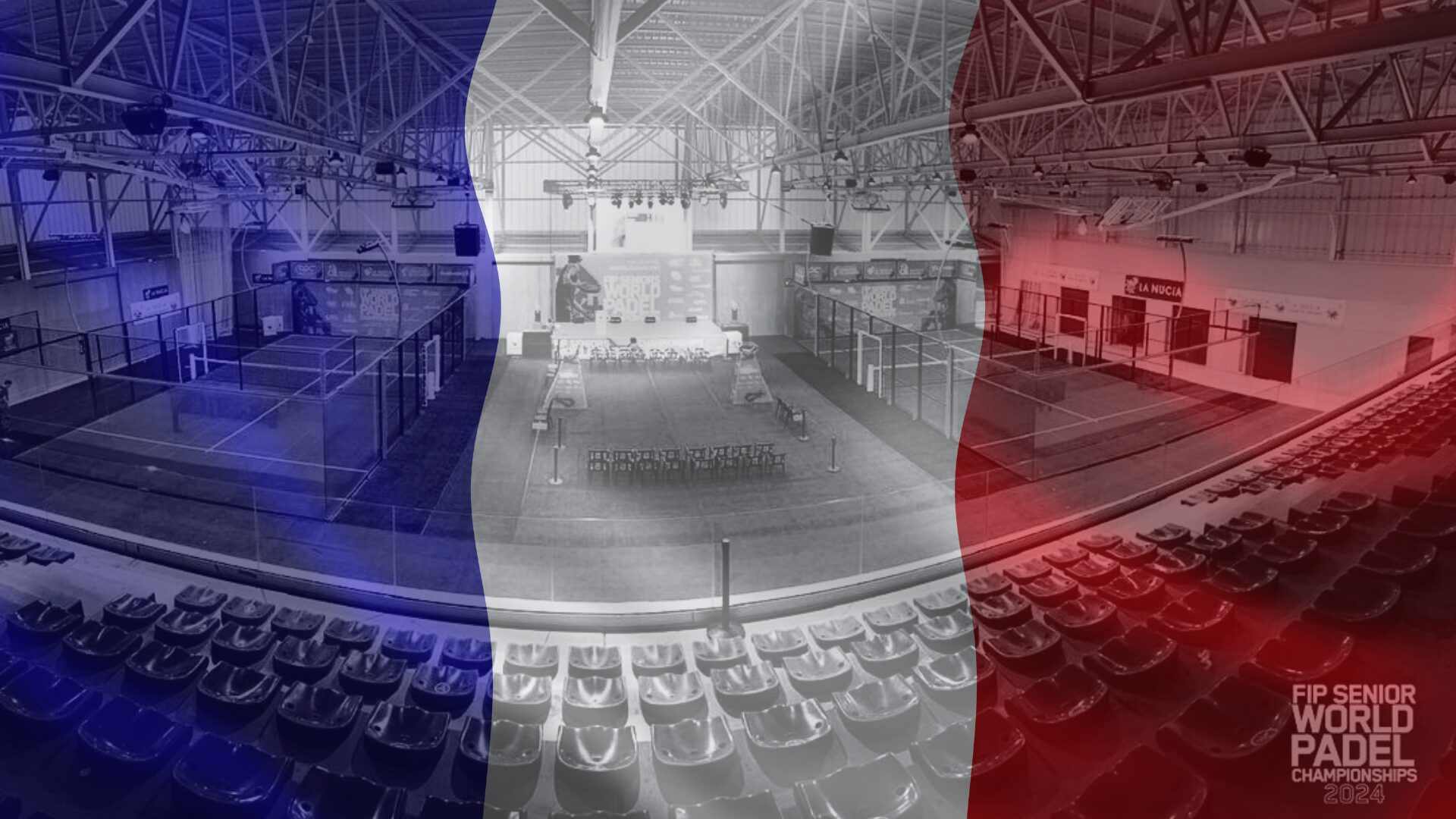 World Seniors Plus 2024 Open (M): five French pairs in the quarters!
World Seniors Plus 2024 Open (M): five French pairs in the quarters!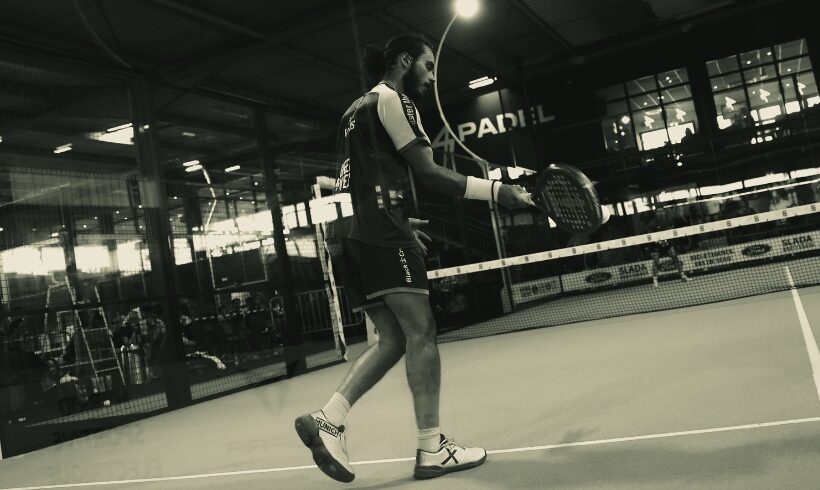 Manuel Vives: “It’s extremely difficult to get by financially”
Manuel Vives: “It’s extremely difficult to get by financially” And 4 for Frederick and Mehdy with network 4Padel !
And 4 for Frederick and Mehdy with network 4Padel !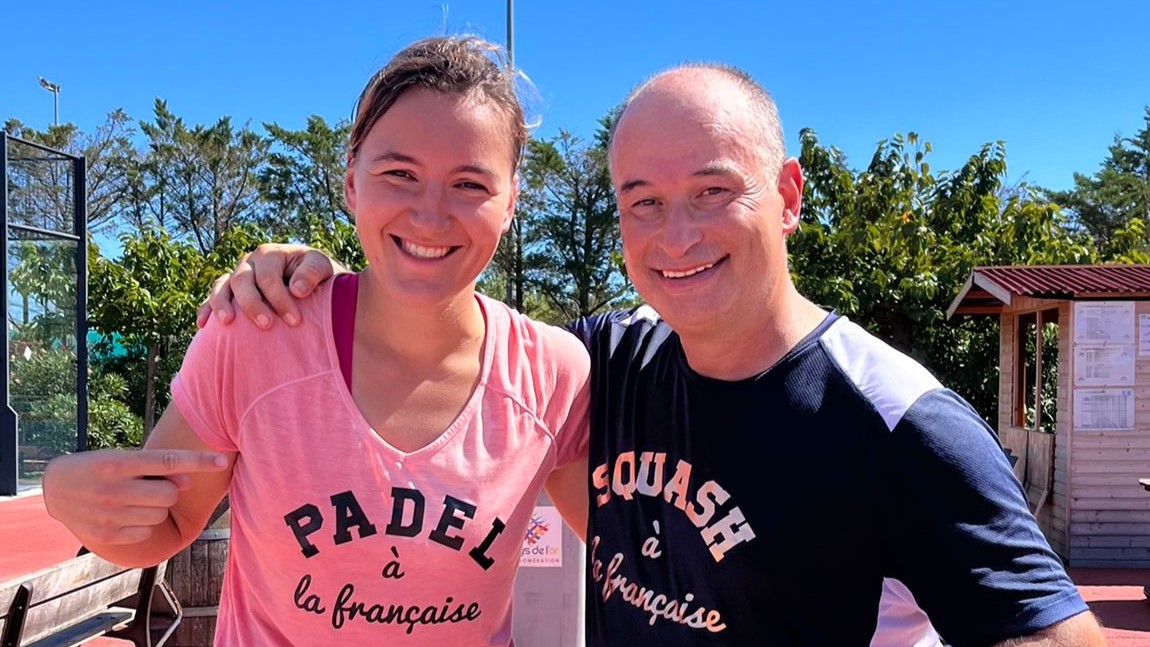 Benoît Letourneau (GM Squash & Padel): “Have a hundred young people in multi-snowshoes within three years”
Benoît Letourneau (GM Squash & Padel): “Have a hundred young people in multi-snowshoes within three years”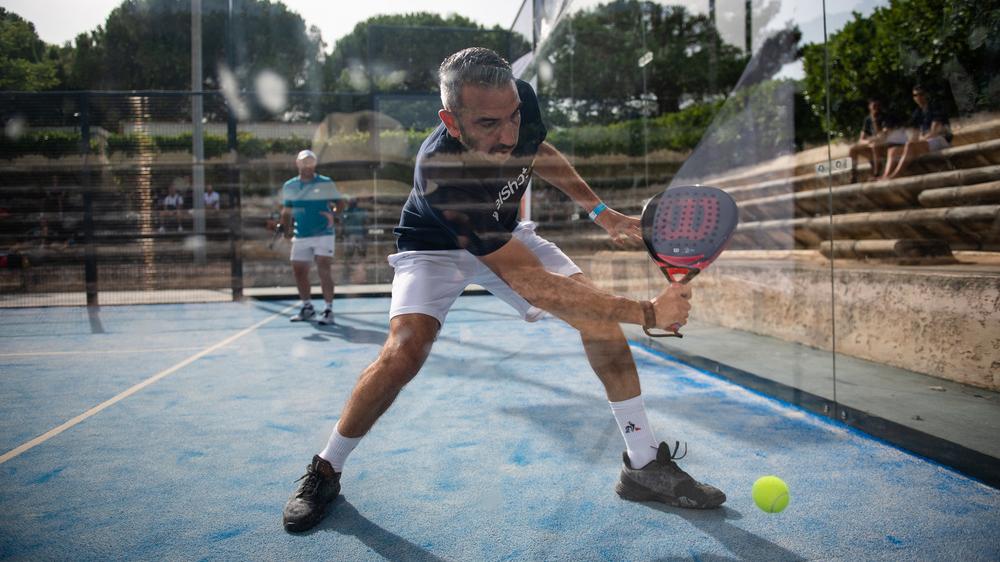 World Senior Plus – Simon Boissé: “Be in the first five places”
World Senior Plus – Simon Boissé: “Be in the first five places”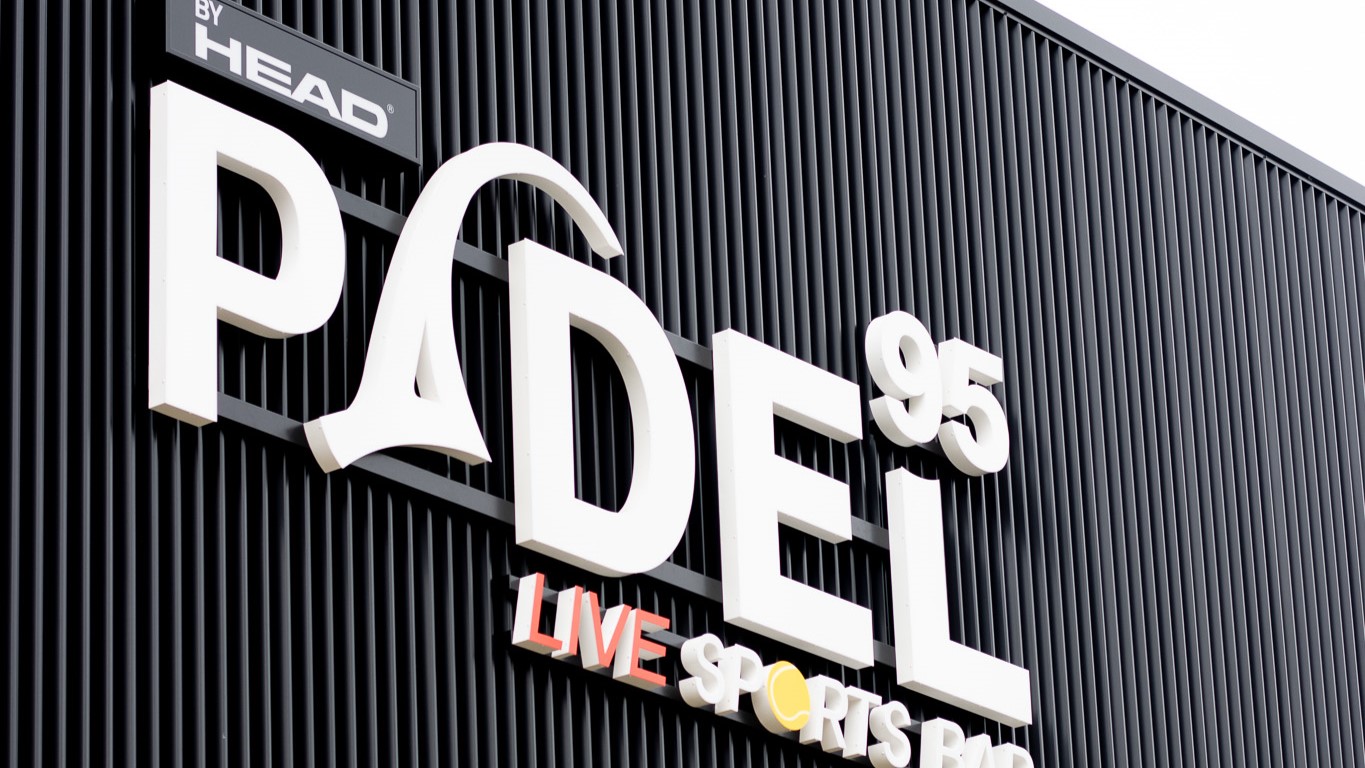 Padel 95: a brand new complex in Pontoise!
Padel 95: a brand new complex in Pontoise! World Seniors Plus 2024 Open (M): the French start very strong
World Seniors Plus 2024 Open (M): the French start very strong Lorena Rufo teams up with Bea Caldera
Lorena Rufo teams up with Bea Caldera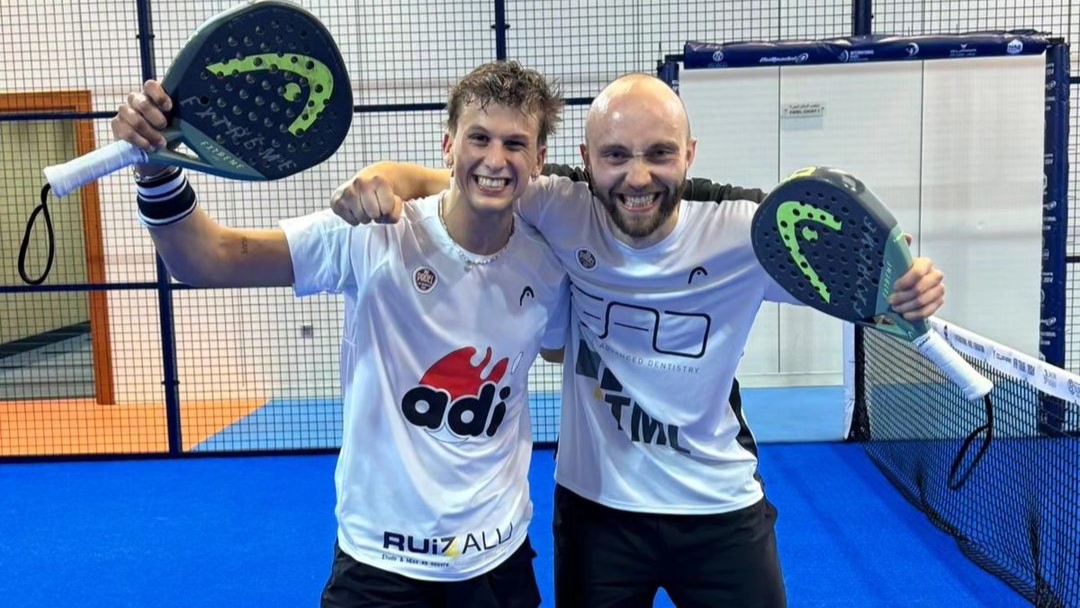 The big progress of Thomas Vanbauce
The big progress of Thomas Vanbauce Play at padel on his yacht? Possible for €233.000!
Play at padel on his yacht? Possible for €233.000!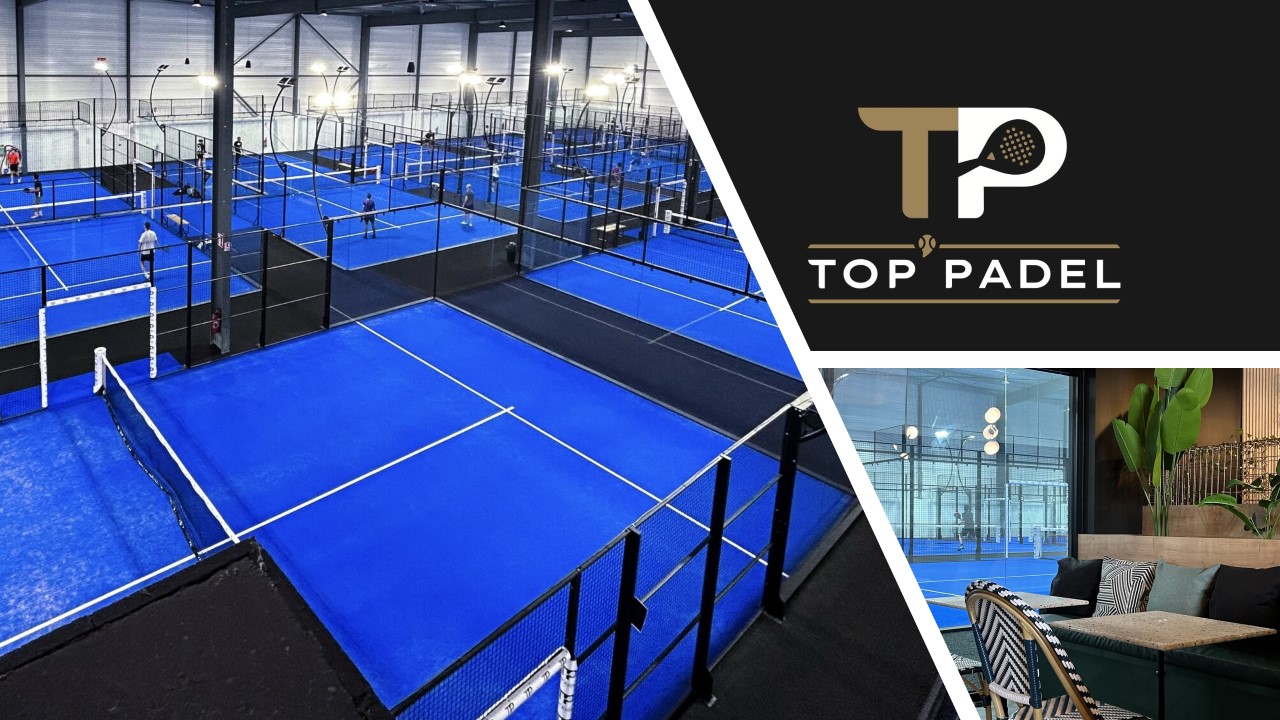 TOP Padel : “A premium club with 10 slopes in Toulouse”
TOP Padel : “A premium club with 10 slopes in Toulouse”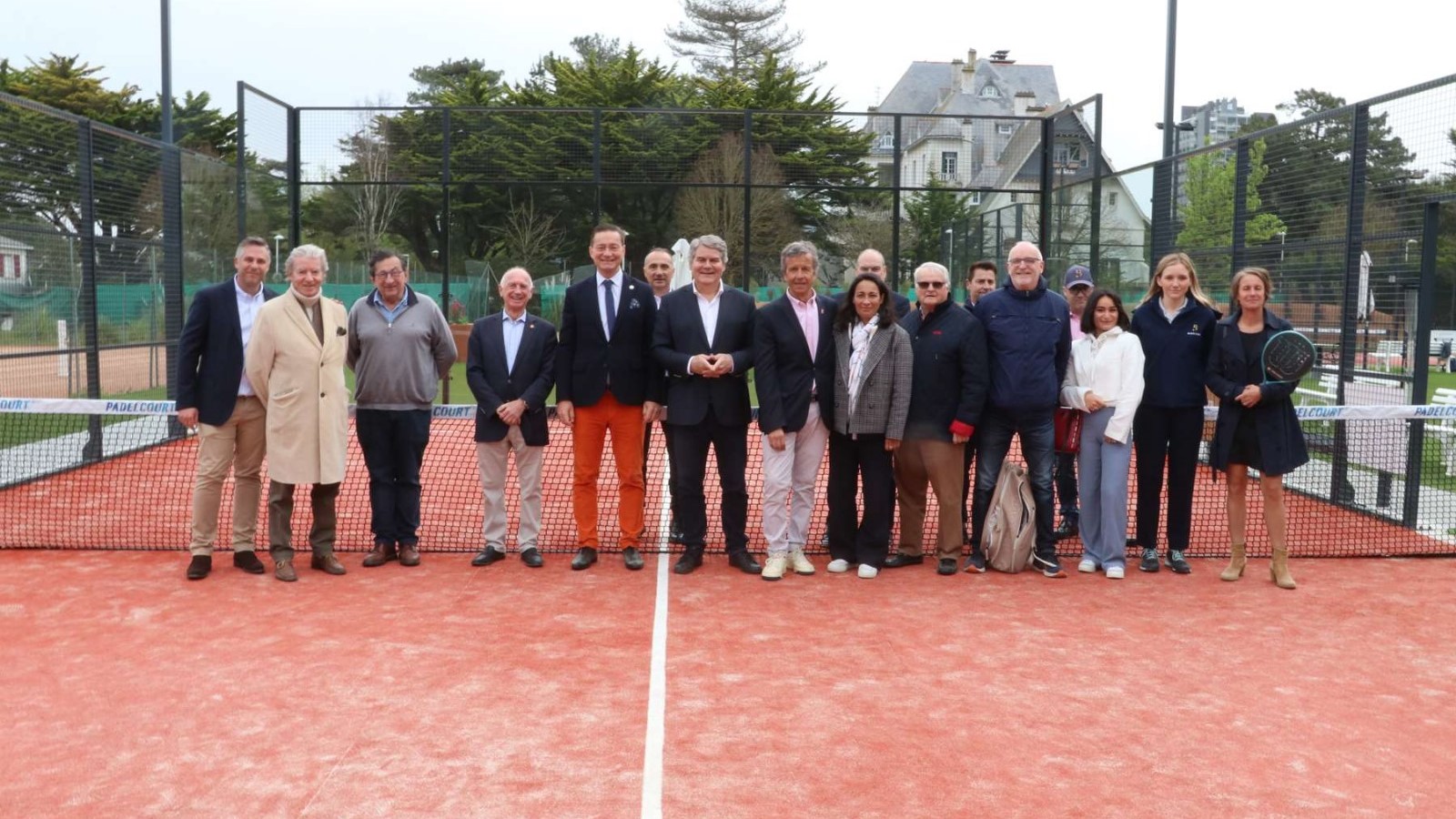 The padel of the Barrière Country Club are born in La Baule
The padel of the Barrière Country Club are born in La Baule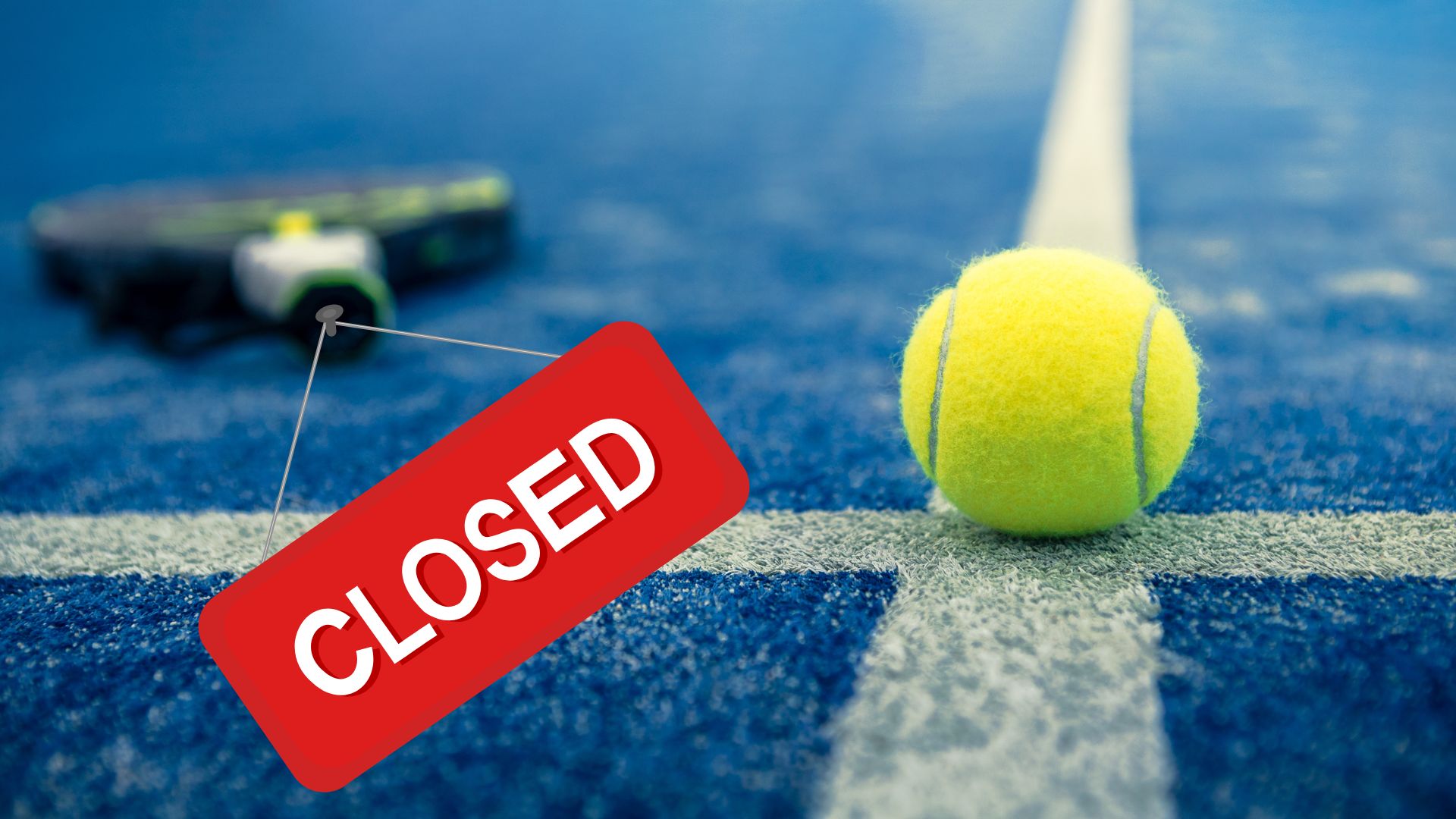 Why clubs padel do they close?
Why clubs padel do they close? At the heart of padel – Episode 24: Paul Daulan shares the evolution of his bandeja
At the heart of padel – Episode 24: Paul Daulan shares the evolution of his bandeja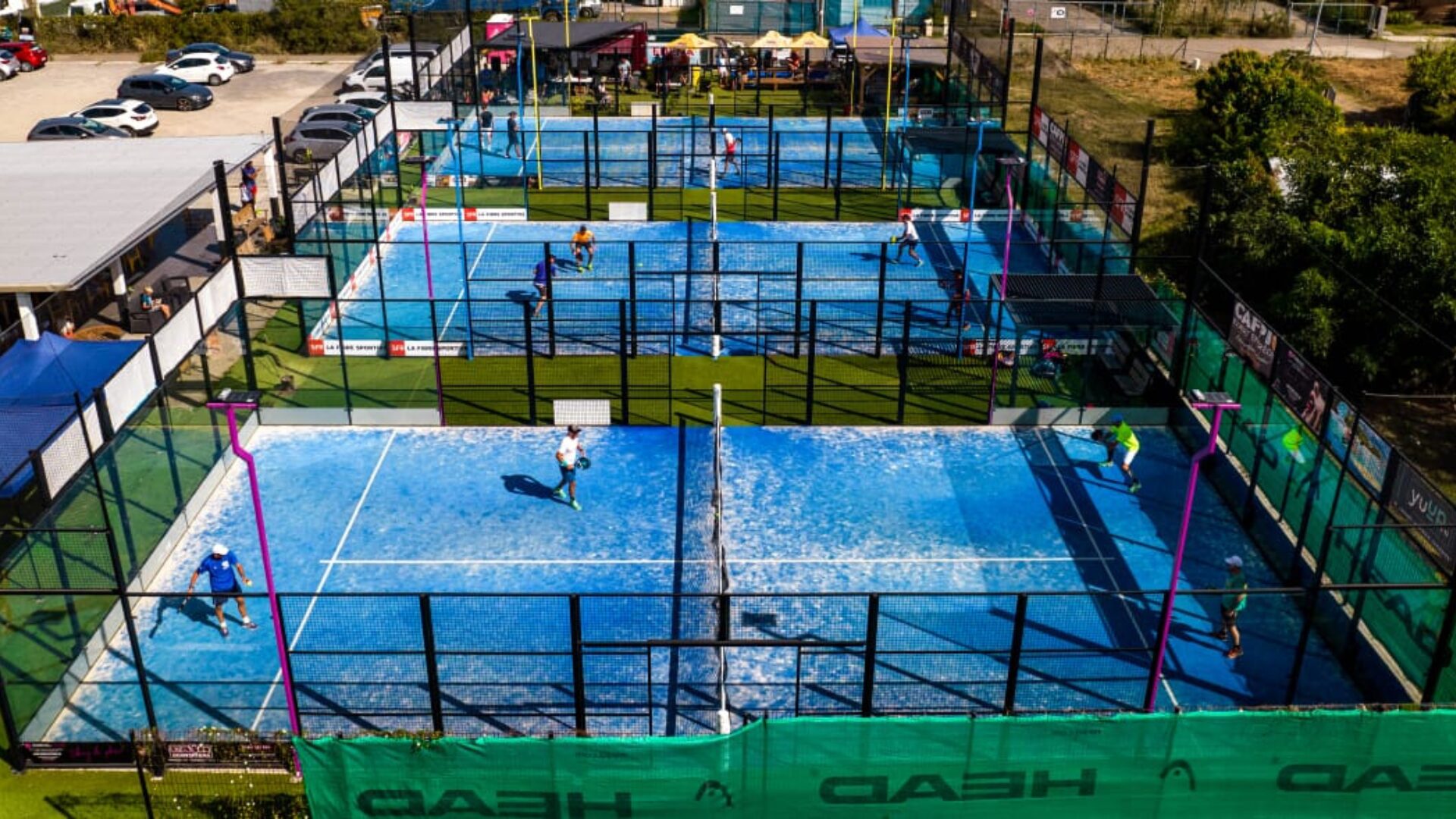 Why choose a track padel new?
Why choose a track padel new?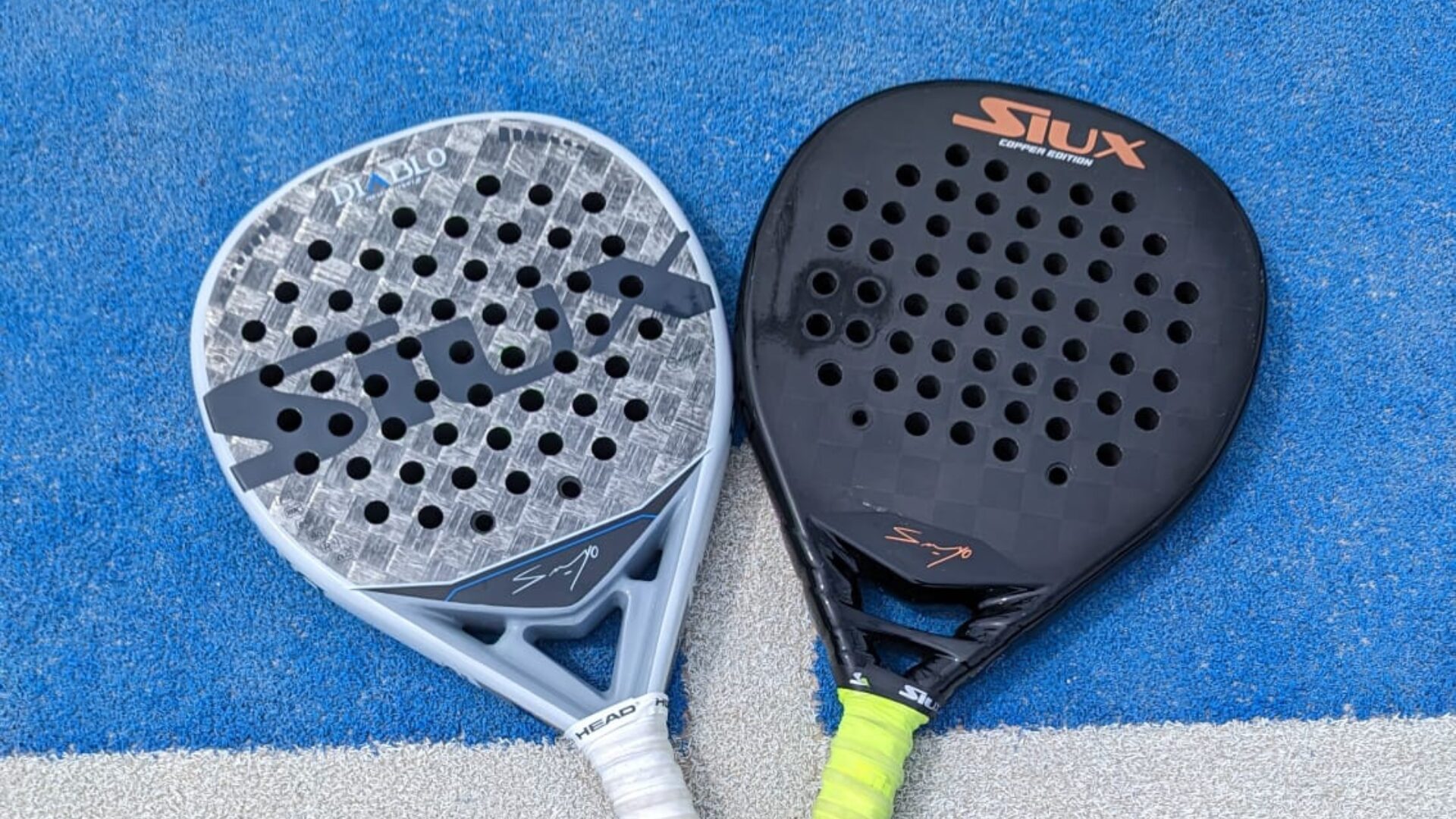 Do you know snowshoes? padel hybrids?
Do you know snowshoes? padel hybrids? At the heart of padel – Episode 23: defend the window well
At the heart of padel – Episode 23: defend the window well Prohibition on playing topless Padel : the reasons
Prohibition on playing topless Padel : the reasons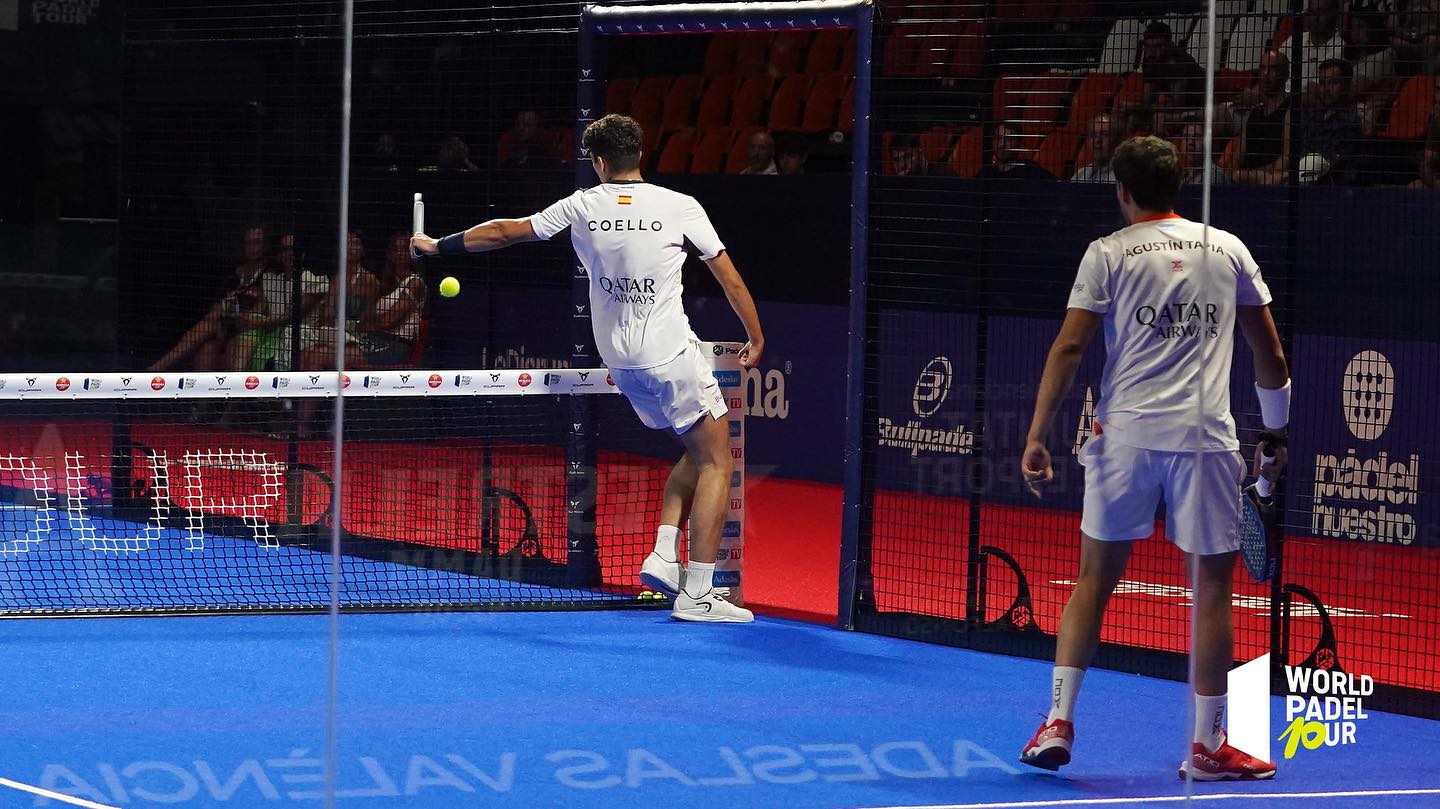 What is the difference between a dormilona, a dejada and a cushioned puerta?
What is the difference between a dormilona, a dejada and a cushioned puerta? FIP Tour – Going far from Europe, THE strategy to earn points!
FIP Tour – Going far from Europe, THE strategy to earn points! What is a good football player? padel ?
What is a good football player? padel ? “Lefties give me headaches when I play against them!”
“Lefties give me headaches when I play against them!” At the heart of padel – Episode 14: how to earn points in winter?
At the heart of padel – Episode 14: how to earn points in winter?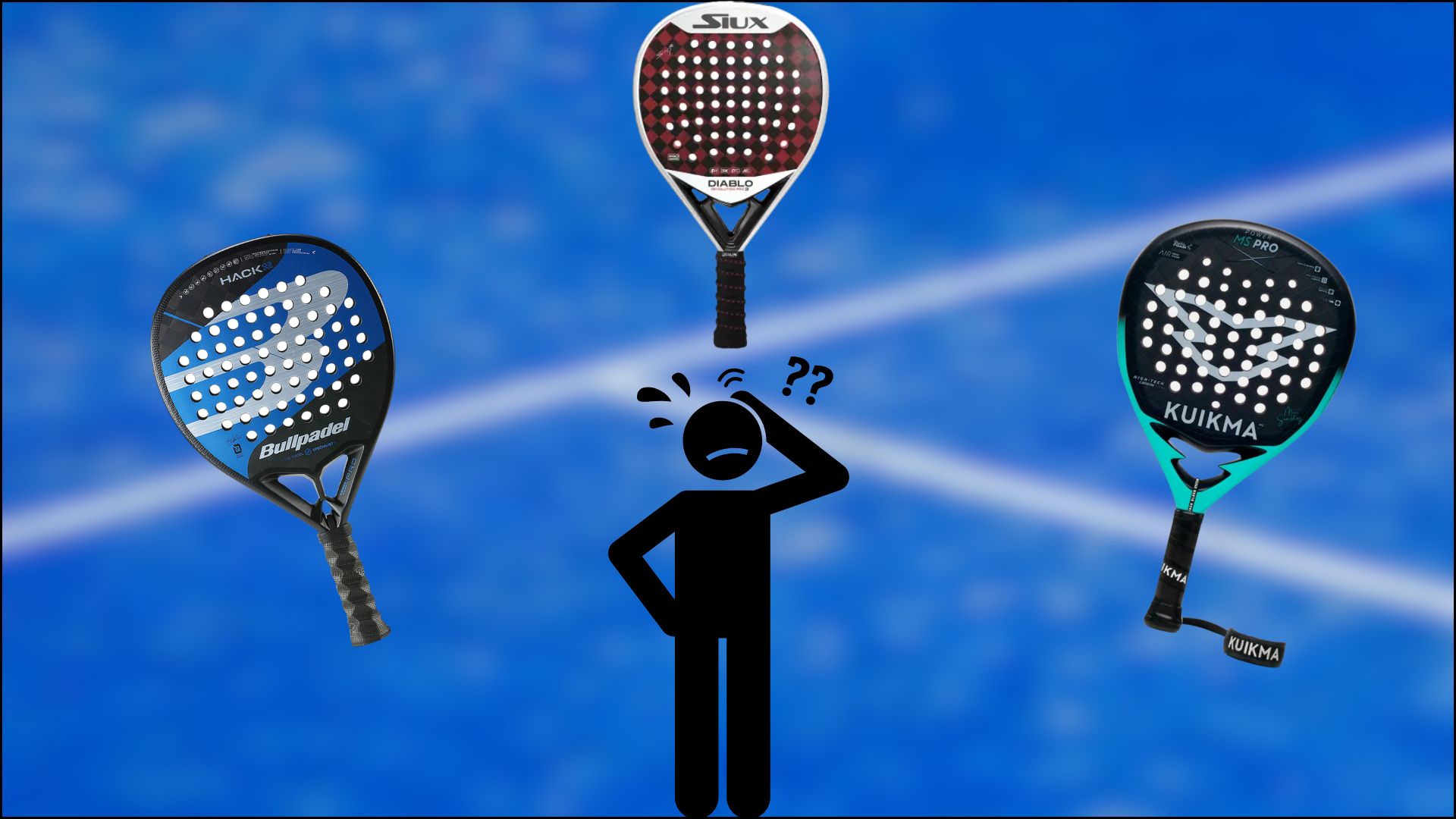 Choose your racquet padel in 3 steps
Choose your racquet padel in 3 steps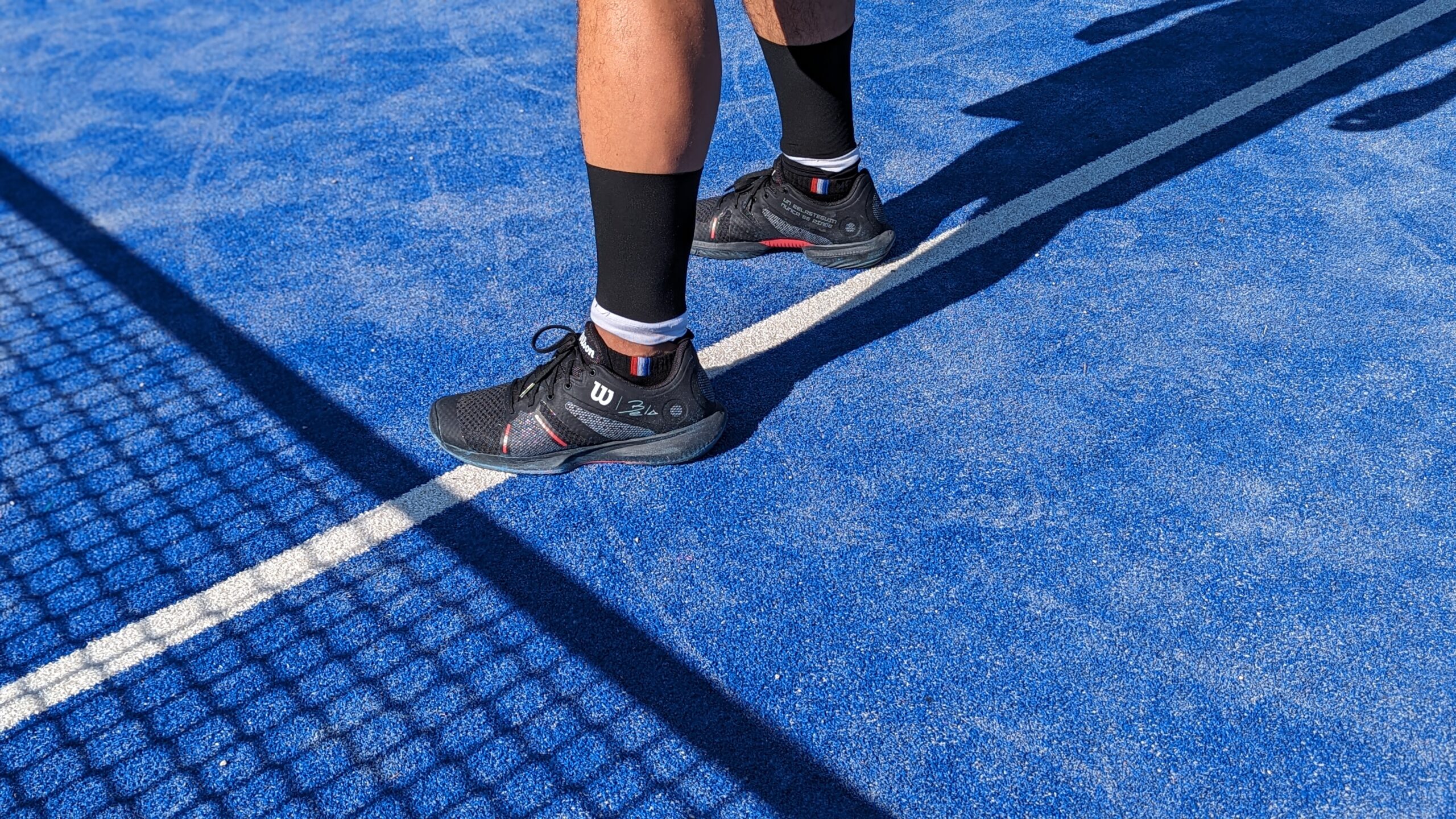 Practical guide to determining your ideal shoe size padel
Practical guide to determining your ideal shoe size padel La padel to fight Parkinson's disease
La padel to fight Parkinson's disease Don't play with a cracked or broken racket, your body will thank you!
Don't play with a cracked or broken racket, your body will thank you! Michel Cymes: “The padel, physically, it’s serious!”
Michel Cymes: “The padel, physically, it’s serious!” Jeremy Gala: “Promote the padel among young people in Belgium remains a challenge”
Jeremy Gala: “Promote the padel among young people in Belgium remains a challenge” The French Touch Academy organizes its selection day Padel-Study
The French Touch Academy organizes its selection day Padel-Study Report on the detection and training of younger generations
Report on the detection and training of younger generations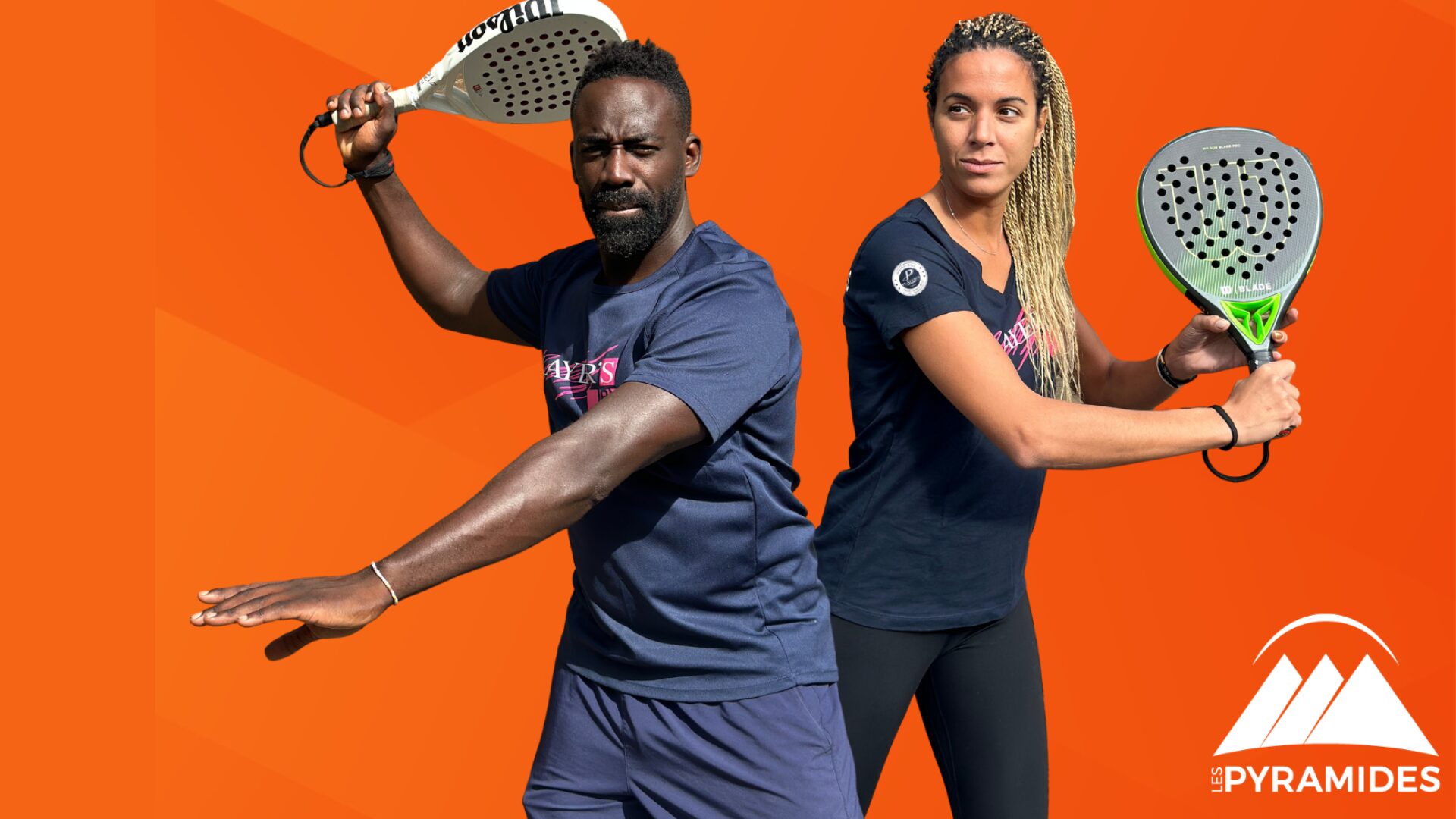 Player's adult courses from April 8 to 21, 2024!
Player's adult courses from April 8 to 21, 2024!